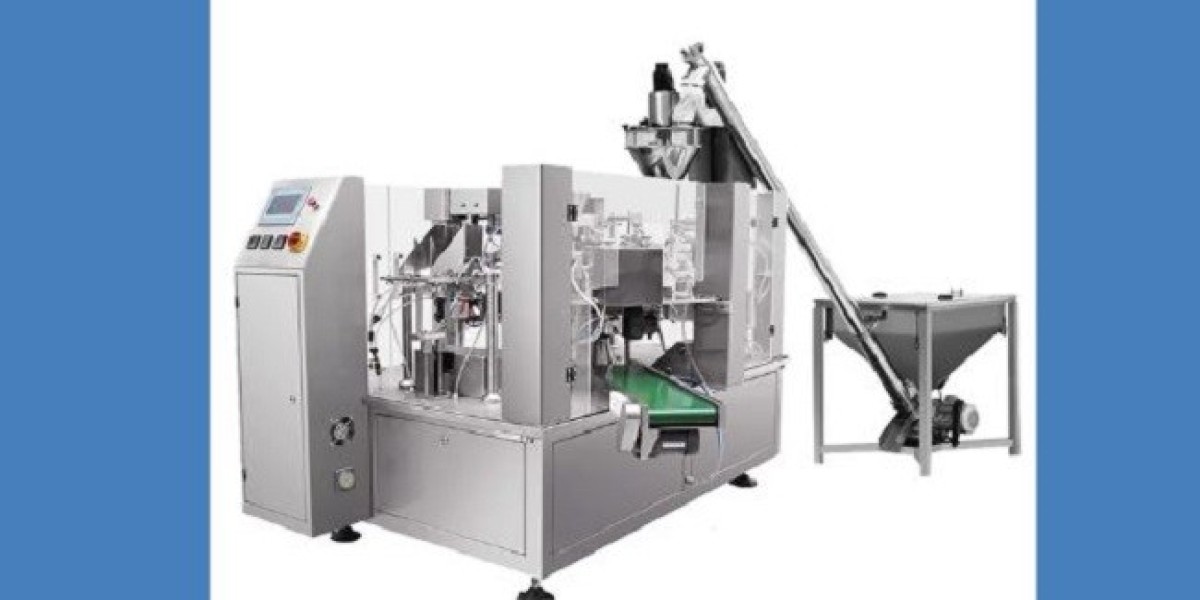Pasta is a staple food in many households worldwide, and among its numerous forms, macaroni stands out as a versatile and beloved type. The production of macaroni and other pasta varieties takes place in specialized facilities known as pasta plants. This article delves into the intricacies of a pasta macaroni plant, shedding light on its processes, machinery, and the journey from raw ingredients to delicious, ready-to-cook pasta.
The Anatomy of a Pasta Macaroni Plant
A pasta macaroni plant is a complex facility designed to efficiently produce high-quality pasta products. These plants are equipped with advanced machinery that ensures the pasta is made consistently, meeting strict quality standards. The primary sections of a pasta plant include the raw material storage area, mixing and kneading section, extrusion and shaping area, drying units, and packaging stations.
Raw Materials and Their Preparation
The journey of macaroni begins with the selection of high-quality durum wheat semolina. Durum wheat is preferred for pasta production due to its high protein content and gluten strength, which are essential for achieving the desired texture and firmness in the final product. The semolina is stored in silos and transported to the mixing area, where it is combined with water to form a dough.
Mixing and Kneading
In the mixing section, precise amounts of semolina and water are blended together. Modern pasta plants utilize automated mixers that ensure a homogeneous dough. The mixing process is crucial, as it influences the texture and consistency of the pasta. The dough is then kneaded thoroughly, which develops the gluten network, providing the characteristic al dente bite of good pasta.
Extrusion and Shaping
Once the dough is ready, it moves to the extrusion section. Here, the dough is forced through molds or dies to shape it into macaroni. The dies are made of bronze or Teflon, each imparting different textures to the pasta. Bronze dies give a rougher surface, allowing sauces to cling better, while Teflon dies produce a smoother finish. The extrusion process is meticulously controlled to ensure uniform shape and size, which is critical for even cooking.
Drying Process
After shaping, the macaroni is transferred to the drying units. Drying is a critical step in pasta production, as it affects the shelf life and quality of the final product. The pasta is dried in stages, with temperature and humidity carefully regulated to prevent cracks and ensure the pasta retains its shape. Traditional drying methods can take up to 24 hours, but modern plants often use accelerated drying techniques, reducing the time significantly without compromising quality.
Quality Control
Throughout the production process, quality control measures are rigorously enforced. Samples of the pasta are regularly tested for moisture content, texture, and uniformity. Advanced pasta plants utilize computerized systems to monitor each stage of production, ensuring consistency and adherence to food safety standards. These measures guarantee that the pasta reaching consumers is of the highest quality.
Packaging and Distribution
The final step in the pasta macaroni plant is packaging. The dried macaroni is weighed, sorted, and packed into various sizes and types of packaging, ranging from simple plastic bags to elaborate boxes. Packaging is done in sterile environments to maintain hygiene and extend shelf life. Once packed, the macaroni is ready for distribution to supermarkets, restaurants, and other retailers.
Sustainability in Pasta Production
Modern pasta plants are increasingly focusing on sustainability. Efforts are made to minimize waste, reduce water and energy consumption, and use environmentally friendly packaging materials. Innovations such as recycling water used in production and utilizing renewable energy sources are becoming standard practices in leading pasta manufacturing facilities.
Conclusion
A pasta macaroni plant is a fascinating example of food production engineering, combining tradition with technology to produce one of the world's favorite foods. From the careful selection of durum wheat to the precise drying and packaging processes, every step is designed to create high-quality pasta that delights consumers. As sustainability becomes a focal point, these plants are also evolving to meet the challenges of a greener future, ensuring that delicious macaroni remains a household favorite for generations to come.








